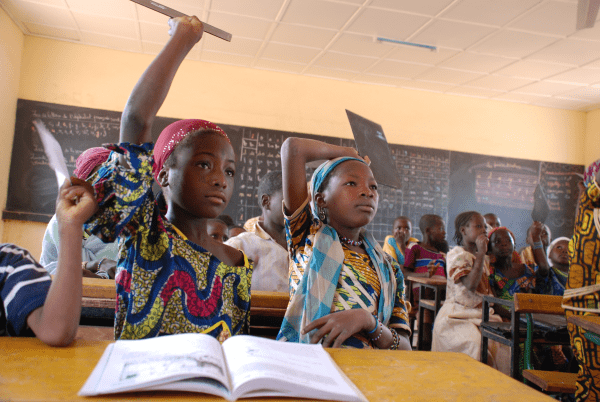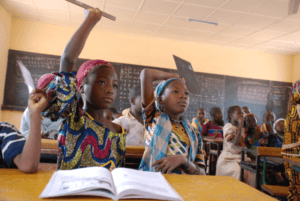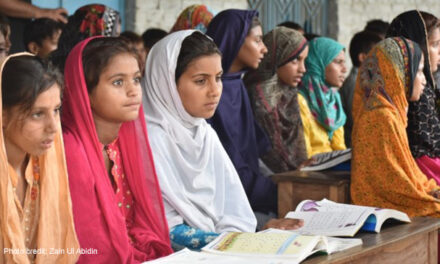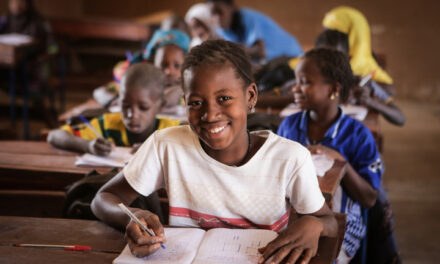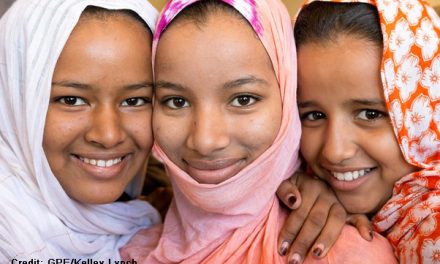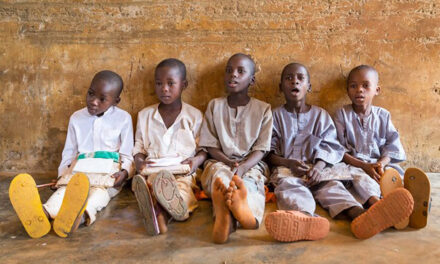The recent International Women’s Day on 8 March provides an opportune moment to review some of the activity on the UKFIET CoP surrounding girls’ education.
For the launch of the CoP, we invited three specialists to write contributions on the debate about the future of girls’ education. Here’s what they had to say:
Louise Wetheridge, the International Project Manager for the Transforming Education for Girls in Nigeria and Tanzania project at ActionAid International debated the measurement of girls’ success in education. In her post, Louise points out that measuring access is clearly not enough, and neither is the results-orientated focus of many donors, which sometimes leads to unhelpful aid conditionalities. She points to Plan’s State of the World’s Girls report as a positive move forward with a focus on girls’ experiences in schooling, not just their attendance. Louise advocates for a longitudinal approach to evaluating girls’ education interventions with a view to assessing their long-term transformation and urges that this must be holistic and strengthen the inter-relationship between quantitative and qualitative data. She shares that, in her experience, ‘measurements of success must go beyond an over-reliance on quantitative data to include qualitative data and data directly from beneficiaries, especially girls.
Louise highlights that:
Plan’s Girl Friendly School Scorecard and ActionAid’s Promoting Rights in Schools approach intend to value and centralise girls’ and other rights-holders’ perceptions and measures of their schools and education systems in order to advocate for quality and equality improvements.
Ruth Naylor, Senior International Consultant with CfBT similarly focussed on the need for new indicators for measuring girls’ education. Her post asked ‘Are girls overtaking boys in education?‘ and if they are, does girls’ education deserve continued international attention?
Ruth asks:
But if the world has already achieved gender parity, and girls appear to be overtaking boys in education, is further funding and action still necessary?
Her answer is a resounding YES. Ruth provides her own three reasons for this and invites readers to share their own experiences and comment on the initiatives for girls’ education that they are following.
Emily Echessa’s post, ‘Girls Education – which way forward’ sparked considerable feedback and debate when she suggested that the international message about what to for girls and education is mixed. Emily, who supports Conflict Affected Fragile States in education related strategic development with Save the Children, makes five clear points about what is causing the continued mixed message and getting in the way of overcoming well known problems facing girls today.
Emily points out:
The spotlight seems to be back on girls. On the surface it appears a lot is being done. The fact remains, whether girls education is improving, stalling or getting worse, much more needs to be done now than ever before to eradicate these malignant inequalities once and for all. Surely how will the world ever achieve gender equality with so many loose ends left unattended?
Visit these individual CoP posts to read Louise’s perspective on measuring girls achievement, review Ruth’s three reasons for keeping girls’ education on the international agenda, and assess Emily’s five points for why the international community continues to send mixed messages about girls’ education.
Agree, disagree, have your own opinion? Leave your comments and open up the debate.

